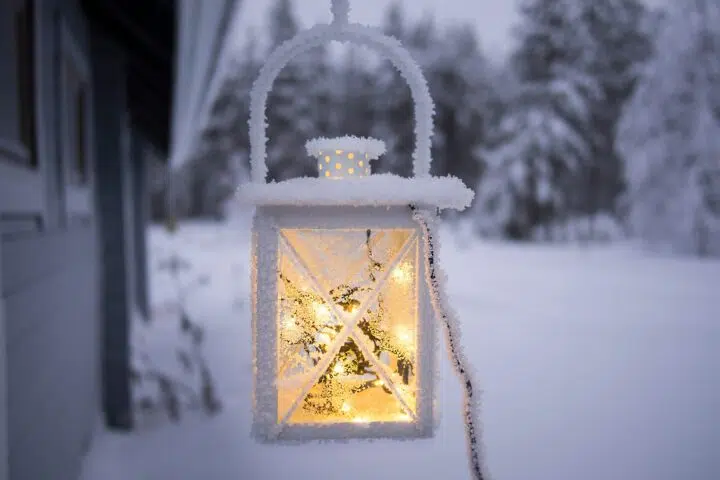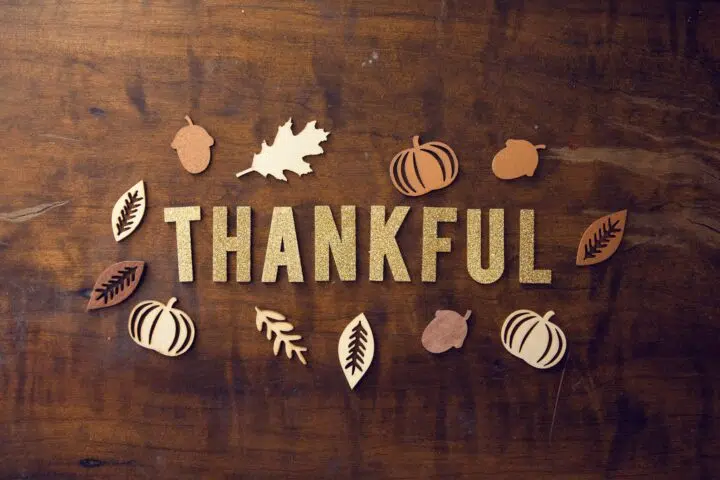I gifted a nonfiction book to a friend I knew she’d like. She texted me to say she was loving it, so much so she’d actually dog-eared a couple of pages so she could come back to them later.
I texted back: “Books are not sacred. Dog-ear it, underline it, write in the margins, put stars next to sentences you like. A book is an agreement and a connection between reader and writer.”
I’ve come to understand a book is not complete when it’s published, it’s only complete when it’s read. It only comes fully to life when the reader brings their own experiences and opinions to the story or information. A book is a dialogue between reader and writer, so go ahead and “talk” with your dog-ears and scribbles.
I didn’t always feel this way. I was raised to revere books. They were precious items to be treated with respect, stored carefully, and saved forever in your personal library. I still believe that books, like any piece of art, deserve respect but I no longer view them as sacred.
In offering up my house as a repository for good literature, I overtaxed every bookcase I own. Shelves were sagging under the weight of so many volumes, some books were stacked two-deep so you couldn’t even see the ones behind, others were piled up in falling-over stacks. As much as I adored my book collection, I came to realize not only was so much clutter not allowing me space in my thinking, feeling, manifesting sides of life, it was weighing me down, making me feel “overbooked” (as my feng shui friend said of her own vast collection) and torturing me with a sense of obligation to read the unread volumes or revisit old favorites.
Over the past year and a half, while working to feng shui my home, I’ve given away or donated more than 650 books. There was a time when you would never have convinced me to part with that many titles. So, I had to take it slow.
I started with nonfiction books with outdated information or information I no longer needed for my career. Then I moved on to those tumbling-down piles of unread books, some of which had been sitting in my house for 20 years. If I hadn’t read them by now, I probably never would. Then came the hard part, the hundreds of novels I had read and carefully organized. I pared it down to only my favorite books (which is still quite a few). Part of my criteria was that I had to be able to recall the story very well. It was shocking how many books I’d read that I remembered thinking were good, and yet somehow their stories had not stayed with me.
Then came my vast collection of World War II nonfiction books, which had supported the 27 years I’d spent writing about that time period. In that case, my friend convinced me to “lighten up” by parting with any books whose titles evoked conflict or a sense of harm. Out went good books like The Art of War or They Were Expendable or Bloody Sunday.
And suddenly, I could breathe. There was space now to make way for new things to come. New passions, new joys, new treasures to display, even new reading pleasures.
Back in college, I learned to write in textbooks, but I never got comfortable doing so with books I bought for my “collection.” A collection should be pristine in order to have value. Or so we’ve been taught. But when I started writing my WWII novels, I began treating my research books (both fiction and nonfiction) like the tools they were meant to be. I marked them up in order to use that information in my writing. Then as life started getting busier, and I started learning more about things that could really benefit me—books about health and wellness, parenting, spiritual growth, etc.— I realized marking up books saved time, enabling me to quickly find passages I wanted to reread or share. It also helped me remember key points.
From there, I slowly gave myself permission to mark in novels I read for pleasure. It began as it did for my friend, with dog-earing pages, and moved on to underlining or starring beautiful lines or favorite paragraphs. Initially, I thought I could learn from that, that it would make me a better fiction writer. In time, it felt more like a compliment to the author, as if I were saying, “Hey, I see this. This is a great line. Wow, you should be proud.”
I almost stopped marking in my books last year once I vowed to give more away. I worried I’d “ruin” the experience for the next reader. Now I like to think if I do wind up giving that title away, a fellow bookworm might stumble across my very few notations and pause to really take in that line or paragraph. Will they agree that it’s brilliant, or will they wonder why that line meant something to me?
You’ll still never catch me leaving a book outside on my reading chair, exposed to the elements. I’ll never be one of those readers who bends back the cover. And my markings will always be spare and intentional. But I’m learning to accept that not all art is sacred. You don’t have to keep the whole calendar if you really just like one of the photos. Tear it out! Maybe it’s better to frame a single square of your grandmother’s quilt for your kids rather than passing her handiwork unappreciated from closet to closet. It’s okay to donate or sell a piece of art that someone gifted you if it no longer fits your décor. Far better to give it to someone who can love and appreciate it anew.
I still thrill at the sight of an impressive home library. I can’t help myself. But for me, I’d rather the books I thought worthy of my purchase actually have a chance to be read again by someone new, rather than gathering dust on my bookshelves.
If you’re an art collector (and sometimes we all are), you serve an important purpose. You preserve art for the next generations. If you’re an art lover, love your art enough to wear it until it’s in tatters, play it until it’s too scratched to play, scribble your appreciation for a passage into the margins of that book. In that way, you close the circle between you and the artist and share a deeper connection with everyone else who has found and loved their work.
If you like this post, please share and credit Teresa and Bursts of Brilliance for a Creative Life blog



